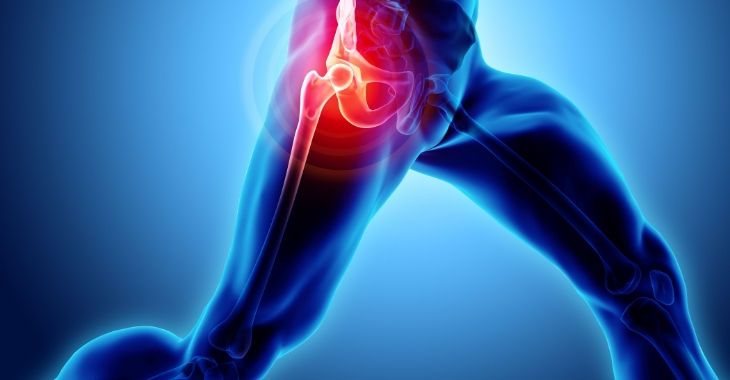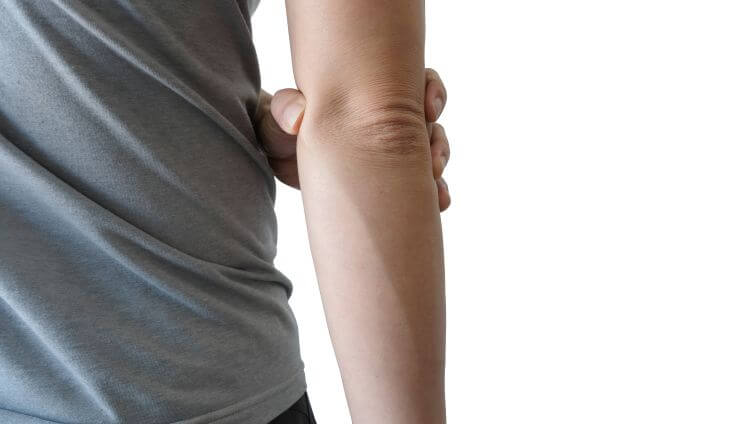What Is Snapping Hip Syndrome?

When certain hip movements are painful and cause a popping or snapping sound or sensation, it is referred to as snapping hip syndrome. This condition is common in dancers, runners and other athletes and is often called dancer’s hip. Snapping hip syndrome is caused by an issue with the external or internal hip tendons or muscles, or cartilage damage, often triggered by overuse.
Three Types of Snapping Hip Syndrome
Snapping hip syndrome can be irritating and painful, the level of discomfort dependent on how severe the condition is and the type. There are three main types of snapping hip syndrome, each presenting different issues.
- Internal snapping hip. When the ilopsoas tendon slips over the front of the pelvic bone or the quadricep muscle moves over the femoral head, the tension can cause an internal snapping effect. This is the most common type of snapping hip syndrome.
- External snapping hip. When the iliotibial band or the gluteus maximus muscle slides or slips over the top of the femur bone, causing tension and snapping on the outside of the hip.
- Cartilage injury snapping hip. Tears in the hip cartilage or loose bodies of cartilage can cause pain and snapping in the hip.
All three types of snapping hip syndrome can result from injuries or overuse, especially in sports where rotating the hips is needed, like dancing, running and soccer.
Treatment for Snapping Hip Syndrome
As with most sport injuries, conservative treatments are usually first used for snapping hip syndrome. A sport or orthopedic specialist can diagnose the type of snapping hip syndrome and recommend rest, anti-inflammatories and other treatments for relief. In some cases, surgery can be required when conservative treatments are not effective.
Posted on behalf of:
Ortho Sport and Spine Physicians
5730 Glenridge Drive Northeast #230
Atlanta, GA 30328
(678) 752-7246
The information provided on this website, including text, graphics, images, and other materials, is intended solely for informational purposes and should not be used as a substitute for professional medical advice, diagnosis, or treatment.


)